
Ingredient
Sago palm
The Versatile Sago Palm
Sago palm is a starchy ingredient with a neutral taste and a smooth, gelatinous texture when cooked. It is commonly used as a thickening agent in desserts, puddings, and beverages. The translucent appearance of sago pearls adds visual appeal to dishes.
Origins and history
Sago palm has a long history of cultivation in Southeast Asia, particularly in countries like Indonesia and Malaysia. It has been a staple food source for centuries, providing sustenance to indigenous communities. The sago palm tree is also culturally significant, with various parts of the tree being used for construction, crafts, and traditional ceremonies.
Nutritional information
Sago palm is low in calories and fat, making it a suitable choice for those watching their weight. It is also a good source of carbohydrates and provides small amounts of essential minerals like calcium and iron.
Allergens
Sago palm does not contain any known allergens.
How to select
When selecting sago palm, look for pearls that are uniform in size, smooth, and free from any discoloration or mold. Avoid pearls that appear clumpy or have a strong odor, as these may indicate spoilage.
Storage recommendations
To maintain the freshness of sago palm pearls, store them in an airtight container in a cool, dry place. Avoid exposure to moisture, as it can cause the pearls to become sticky or moldy.
How to produce
Sago palm can be cultivated by planting the seeds of the sago palm tree in well-draining soil and providing it with adequate sunlight and water. However, it requires a tropical or subtropical climate to thrive, making it challenging to grow in certain regions.
Preparation tips
Before using sago palm pearls, they need to be soaked in water to soften them. This typically involves soaking them for a few hours or overnight, depending on the recipe. Sago pearls can be boiled, steamed, or added directly to liquids to thicken them. They are commonly used in desserts like puddings, bubble tea, and fruit salads.
Substitutions
Tapioca pearls can be used as a substitute for sago palm pearls, as they have a similar texture and can be used in similar culinary applications. However, tapioca pearls may have a slightly sweeter taste compared to sago pearls.
Culinary uses
Sago palm is commonly used in desserts such as sago pudding, sago gula melaka (palm sugar sago), and sago-based beverages like bubble tea. It is also used as a thickening agent in soups, sauces, and gravies.
Availability
Sago palm is commonly available and cultivated in Southeast Asian countries like Indonesia, Malaysia, and the Philippines.
More ingredients from this category

Palm hearts and similar-
The Delicate Delights of Palm Hearts: Nature's Tender Gems

Kohlrabies and similar-
The Versatile and Crunchy Delight: Kohlrabies and Their Kin

Rhubarbs and similar-
The Tart Delight
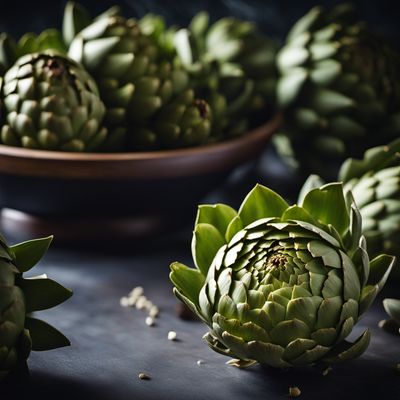
Globe artichokes and similar-
The Art of Artichokes

Cardoons and similar-
The Artichoke's Cousin: Exploring the Versatile World of Cardoons
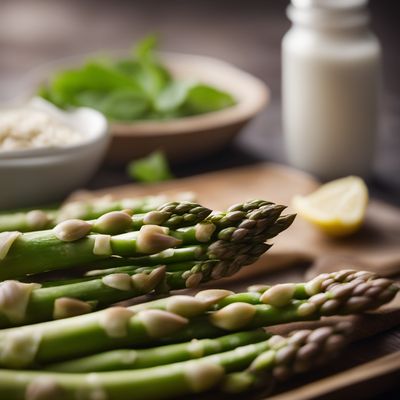
Asparagus and similar-
The Versatile Spear
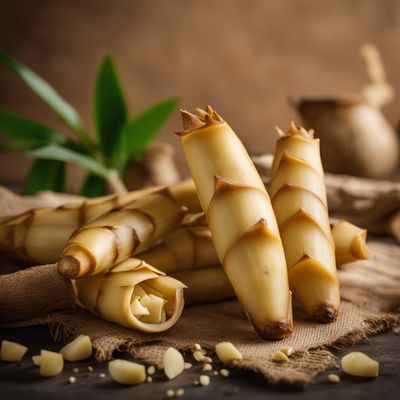
Bamboo shoots and similar-
The Delicate Delights of Bamboo

Leeks and similar-
The Versatile Alliums

Other Stem vegetables
"The Unsung Heroes: Exploring the World of Stem Vegetables"

Celeries and similar-
The Versatile Celery: A Crunchy and Nutritious Delight

Florence fennels and similar-
The Delicate Delight: Unveiling the Versatility of Florence Fennel
Recipes using Sago palm » Browse all
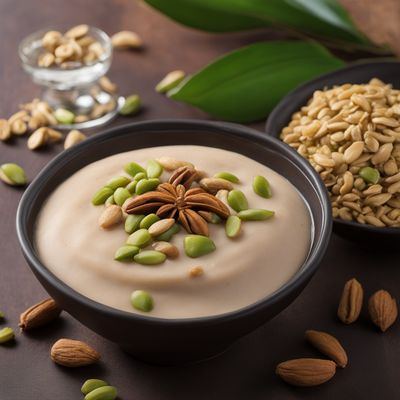
Goan Catholic Style Coconut Milk Dessert
Velvety Delight: Goan Catholic Coconut Milk Dessert

Sagu Pudding with Gula Melaka Syrup
Malay Delight: Gula Melaka Sagu Pudding
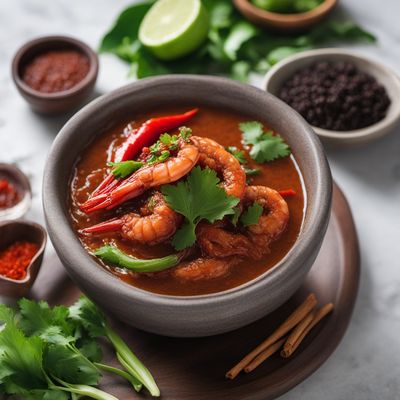
Ambuyat with Spicy Sambal Sauce
Silky Smooth Ambuyat with a Fiery Kick

Mango Pomelo Sago Delight
Tropical Bliss: Mango Pomelo Sago Delight

Shwe Yin Aye - Burmese Coconut Milk Dessert
Golden Delight: A Sweet Journey through Burmese Coconut Milk Dessert
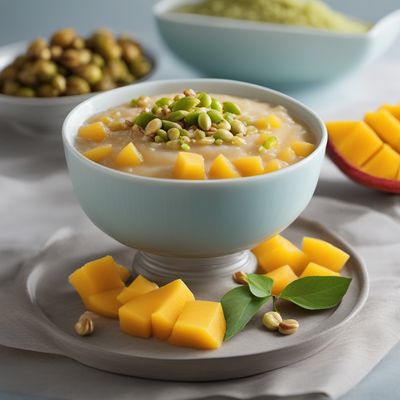
Mango Pomelo Sago with a Kuwaiti Twist
Kuwaiti Mango Delight: A Refreshing Twist on Pomelo Sago

Tlingit-Inspired Sago Halawa
Wilderness Delight: Tlingit-Inspired Sago Halawa

Sago Gula Melaka with Coconut Cream
Heavenly Sago Delight: A Sweet Symphony of Sago Pearls, Palm Sugar, and Creamy Coconut

Malawian-style Sago Pudding with Palm Sugar
Sweet Delights from Malawi: Palm Sugar Sago Pudding

Basilicatan Taho
Silky Smooth Lucanian Tofu Pudding

Indian Spiced Papeda
Tangy and Spicy Papeda Delight

Tuvaluan-style Ambuyat
Tropical Tapioca Delight: Tuvaluan Ambuyat